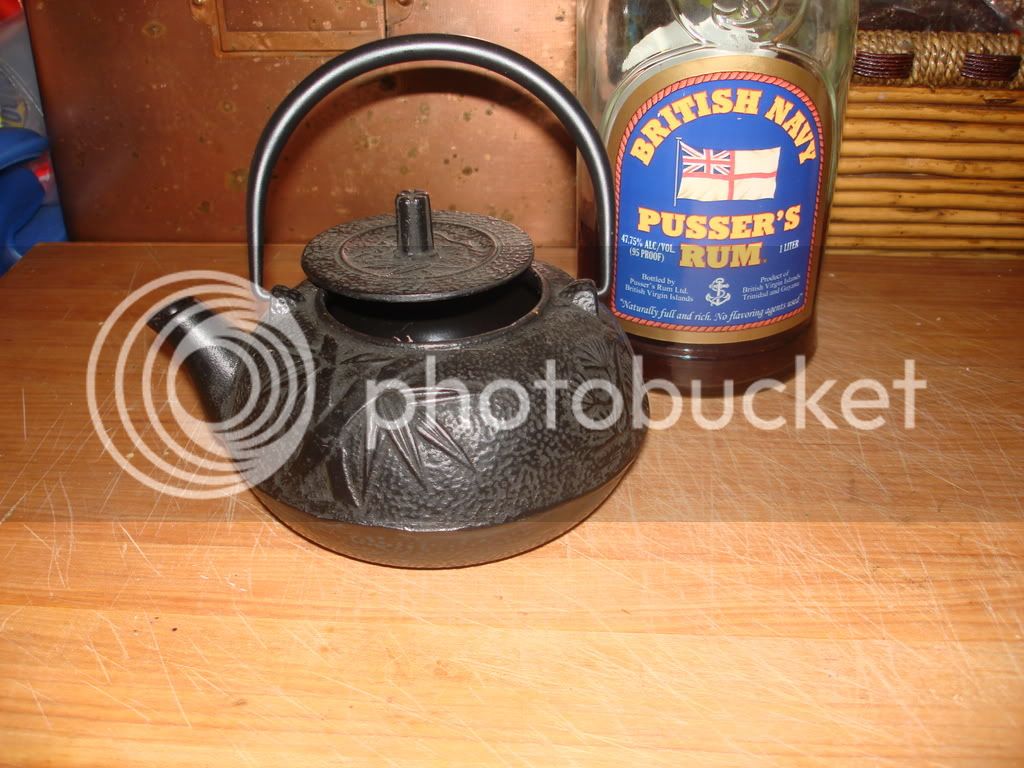Allan Gray
45 Cal.
- Joined
- Sep 21, 2007
- Messages
- 517
- Reaction score
- 5
I tried my hand at casting RBs this morning and ran into some problems.
I have a good source of soft lead I got from a roofing contractor, (flashing material). I put an old heavy sauce pan on the side burner of the gas BBQ and fired it up. My first thought was that the grill doesn't get the lead hot enough. It took a while for the lead to melt and that was only after I gave it some help with a MAPP torch.
It is kind of a chilly and damp day
I'm using a new LEE single cavity .60 cal mold. I cleaned it, and "sooted" the cavity with a kerosene lamp. I pre-heated the mold per the instructions and tried a pour.
The lead flowed smoothly, but seemed to get so far, pooled up in the casting sprue thingy, hardened and prevented more lead from getting in.
I was left with "half balls". I was able to get one full one, but gave up, as it started to rain.
What am I doing wrong? My first guess is that I'm not getting the mold hot enough?
I have a good source of soft lead I got from a roofing contractor, (flashing material). I put an old heavy sauce pan on the side burner of the gas BBQ and fired it up. My first thought was that the grill doesn't get the lead hot enough. It took a while for the lead to melt and that was only after I gave it some help with a MAPP torch.
It is kind of a chilly and damp day
I'm using a new LEE single cavity .60 cal mold. I cleaned it, and "sooted" the cavity with a kerosene lamp. I pre-heated the mold per the instructions and tried a pour.
The lead flowed smoothly, but seemed to get so far, pooled up in the casting sprue thingy, hardened and prevented more lead from getting in.
I was left with "half balls". I was able to get one full one, but gave up, as it started to rain.
What am I doing wrong? My first guess is that I'm not getting the mold hot enough?







